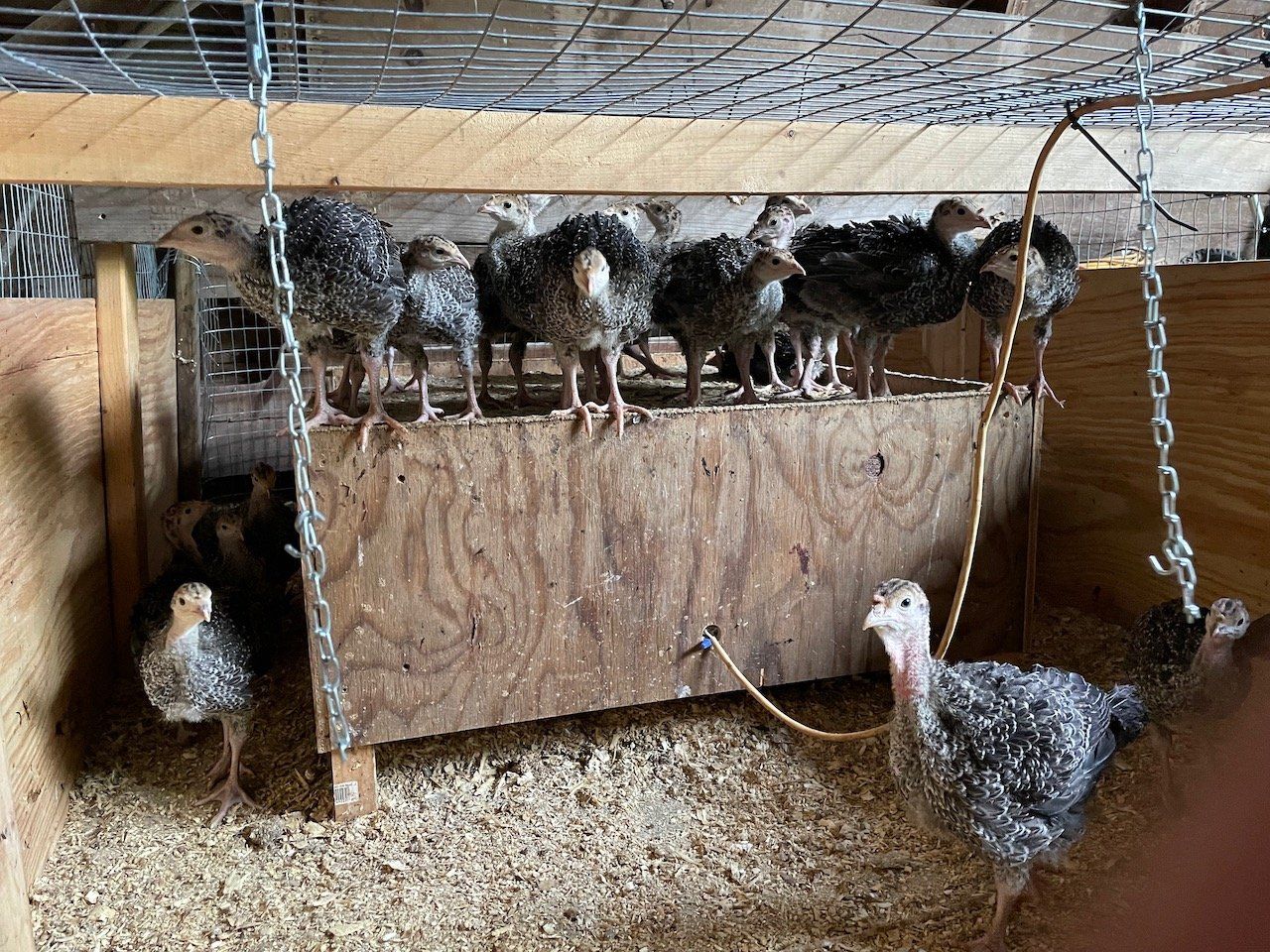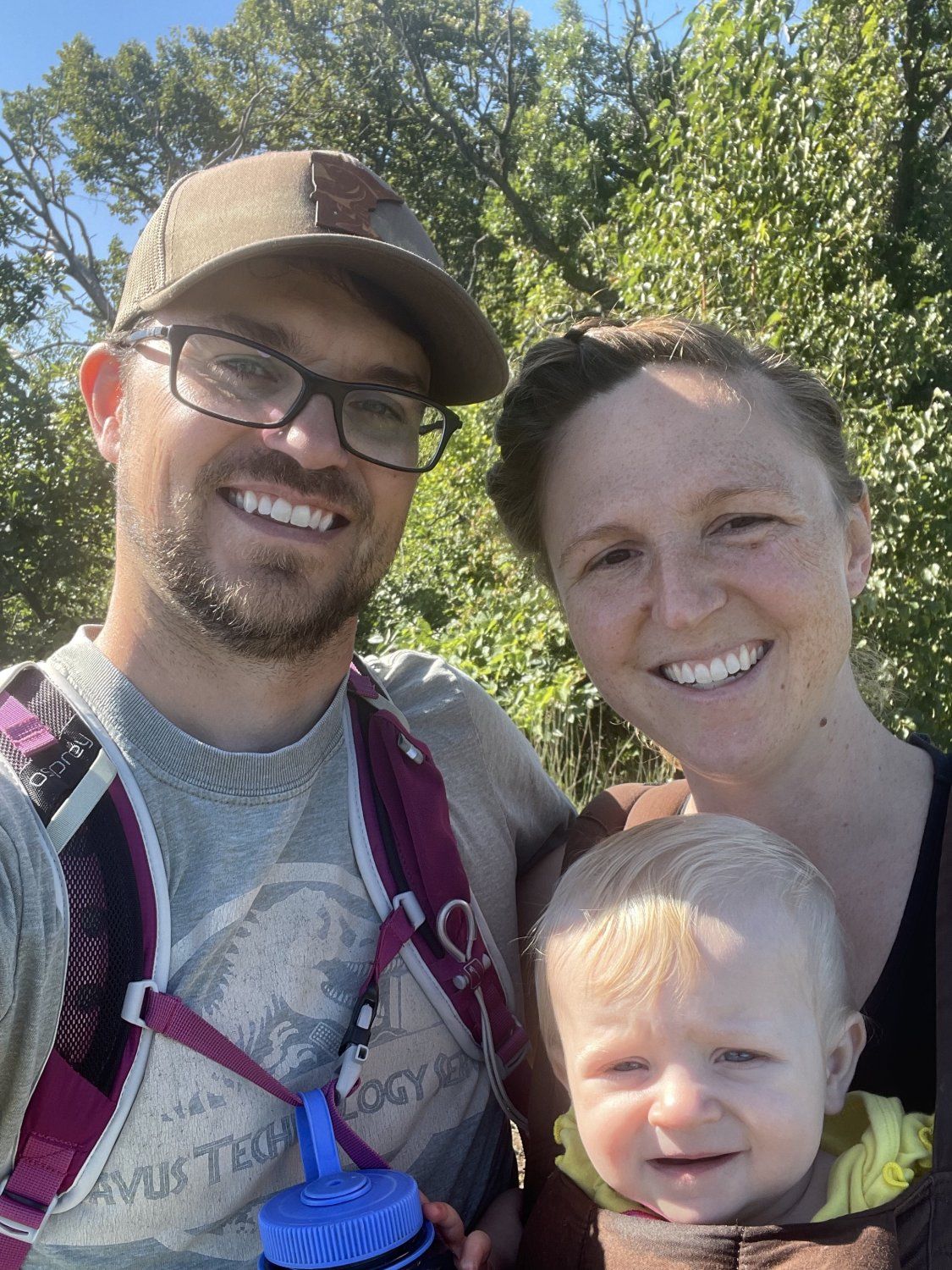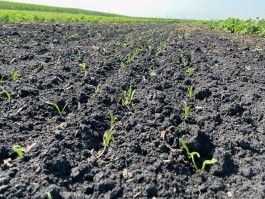Fall is coming quickly and we're feeling it here on the farm. This week we've been busy seeding our fall crops and our experimental winter crops. Our farm plants something almost every week from February through early September and every month through October (our garlic gets planted in October). Kind of a neat fact when most people consider spring the time of year to plant things and might assume that we're done planting in June. Granted, the bulk of the planting happens mid April - mid June.
Pictured above is our first fall planting of spinach which is looking really, really good. We'll keep irrigating it until we get rainfall to keep it looking good and will look to harvest this in mid-September. We've also planted radish, kohlrabi and lettuce and will soon plant arugula. Look for these fall treats in about a month or so.
We've also been busy planting cover crops in sections of our farm that won't be planted with a cash crop again until next year. Our observations with cover crops tell us that any place where we have planted a cover crop the soil "feels" better and "works" better for planting and our other tools. Additionally, any place where we've planted a cover crop seems to have less weeds which is a huge bonus.
Cover crops also help to combat climate change and if you've heard about the recent reports on man made warming on our planet then you know that everyone needs to do their part to try to put a stop to that warming. Cover crops help sequester carbon from the atmosphere into the soil. One of our farm goals is to increase the organic matter content of our soil as it is an indicator of how much carbon we're getting back into the soil. Almost every year since we've started farming we have increased the soil organic matter in our soils. Honestly, our impact feels small but we rest easy knowing we're doing as much as we can to stop global warming. See below for a picture of one of our summer cover crop mixes.





